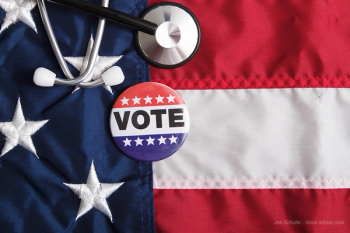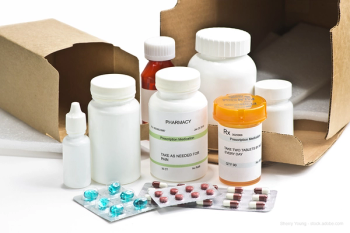
Here are five things managed care executives should know about the proposed plan.

While some pharma makers have lowered drug prices and Express Scripts is pushing more branded manufacturers to lower list prices with its new National Preferred Flex Formulary, some manufacturers are raising drug prices.

Express Scripts’ new National Preferred Flex Formulary, which offers lower list prices on certain branded drugs, is a novel way to encourage pharma makers to lower prices.

Coming up with the benchmarks for measuring and rewarding quality and efficiency and finding the right provider partner are only part of the battle. Don’t forget about compliance with state and federal requirements.

Frail patients are a forgotten patient group-here’s how they were left behind and what can be done about it.


The value and benefits of biosimilars are increasingly becoming more apparent. Here are four areas where they are growing the most.

Despite concerns about a new opioid that is reportedly 1,000 times more powerful than morphine, FDA recently approved the new painkiller.

Certain groups expressed “deep concern” over FDA allowing an OTC asthma inhaler to be sold again after it was removed from the market 7 years ago. Here’s why.

It’s the hot new skill showing up across the resumes and job postings-but what does if have to do with healthcare?

This comprehensive, pay-for-performance approach drives clinical quality and affordability.

Here is the one surprising thing that improves patients’ ability to effectively manage their own health.

Biosimilar agents can help healthcare organizations offer patients more options for their care. So, what’s stopping payers from immediately adding them to their formularies?

As healthcare organizations move toward value-based models of reimbursement, high drug prices can sometimes get in the way of optimal care. Here are three ways that biosimilars may help.

A new cost analysis study presented at Psych Congress 2018, highlights the substantial economic burden among U.S. veterans with treatment-resistant depression and what can be done about it.

Four things you need to know about the Trump Administration’s proposed regs.

The much-anticipated 2018 midterm elections are over, but the effects on healthcare are lasting. What’s next?

Why the top PBMs are so excited about the promise of a new standardized transaction.

As drug costs continue to increase at an unsustainable rate, some hospitals are finding new solutions.

FDA approves the first new flu drug in 20 years. Here’s what’s different about it.

More affordable, more collaborative, and more personalized care is our cancer care challenge. Here’s how we get there.

As President Trump intensifies his battle with German Chancellor Angela Merkel over trade and NATO policies, he should pause to consider the lessons from another German Chancellor-Otto von Bismarck.

A pharma maker is voluntarily recalling several lots of a major heart medication. Here’s why.

As Amazon’s PillPack acquisition threatens pharmacies, CVS Health snaps back with its membership program, CarePass. Here’s how experts say it will affect managed care.

Mobile technologies offer opportunities to engage members, improve chronic care management, and prevent avoidable hospital admissions and readmissions.

Results of 20-year cohort study reveal that women with history of this serious medical illness are more vulnerable to lupus.

It can be tricky for individuals with this condition to effectively tackle their diabetes. Here’s how healthcare executives can help.

Patients must first get over these hurdles to achieve healthy outcomes. Here's how you can help.

Preventable hospital readmissions, an objective measure of quality, have long been a concern for health plans. Here’s a care plan that could be the solution.

FDA recently stopped importation and sent warning letters to numerous online sellers of illegal opioids, oncology drugs and other medicines.